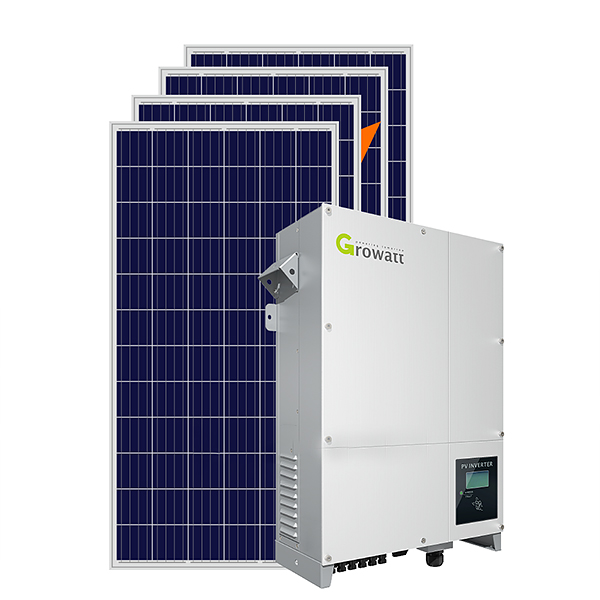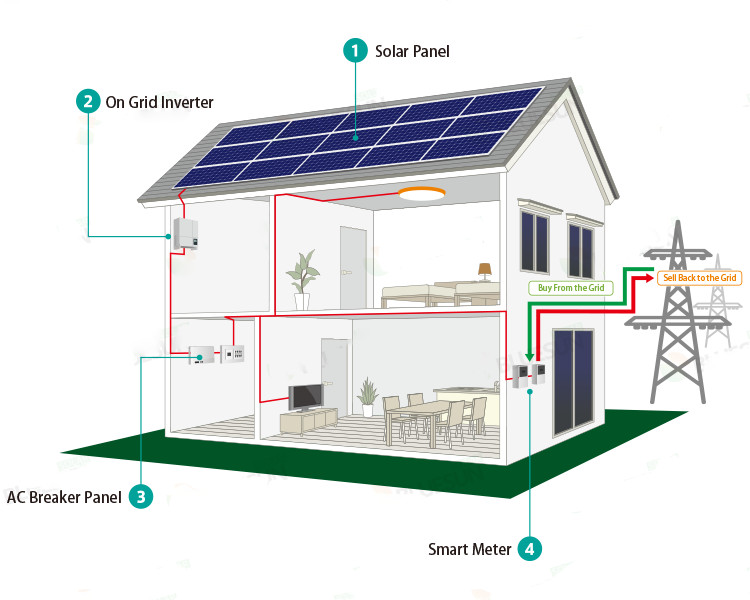As temperatures rise — El Paso Power seeks to increase residential rates by 13.4 percent — solar professionals say saving money is the most common reason homeowners turn to solar.Some El Pasoans have installed solar panels in their homes to take advantage of the area’s abundant sunshine.
Are you curious about solar power and wondering how to make the switch?Have you received an offer but haven’t decided yet?Solar professionals share how to determine if solar is right for you and how to compare quotes.
“We either rent our energy from the utility for the rest of our lives, or we switch to Solar power and have it.” “I really like taking my energy independence into my own hands.”
“As you head west to El Paso, the solar radiation gets stronger, which means more watts per solar panel,” Raff said.”So the exact same system in Austin costs exactly the same, and in El Paso it’s going to add 15 to 20 percent more power.”

El Paso will have 70.4 megawatts of installed solar capacity by the end of 2021, according to the U.S. Department of the Environment.That’s nearly double the 37 megawatts installed in 2017 four years ago.
“When you decide to install a solar system, you’re offsetting your electricity bill with your monthly solar payment,” said Gad Ronat, owner of El Paso-based Solar Solutions.”It’s become very affordable.”
Unlike utility companies, where energy prices fluctuate, once you buy a solar panel, the price is locked in.Solar professionals say it’s a popular choice for those nearing retirement or living on a regular income.
“If you add up your electricity bill for 20 or 25 years, that’s more than what you’re paying to get solar power,” said Roberto Madin of Solar Solutions.
The federal government provides a 26% residential solar tax credit.This means that if you have taxable income, you can take a portion of the cost of solar installations as a tax credit.Before signing a solar installation contract, contact a tax professional to make sure you qualify for the credit.
According to Energy Sage, customers using the site are offering an average of $11,942 to $16,158 for a 5-kilowatt solar installation in El Paso, with a payback period of 11.5 years.
“As long as your bill is over $30, everyone can use solar because you can save some energy,” Raff said.”Even if you only have five solar panels on your roof, your neighbor might have 25 or 30.”
Sam Silerio, owner of Sunshine City Solar, said homes with solar panels sold for more.Ruff, who works with real estate developers to install solar, agrees that solar homes are in high demand.
Worried about property taxes?You won’t see an increase because Texas regulations exempt solar panels from property tax assessments.

Solar professionals recommend getting at least three quotes before signing a contract.Here’s what to expect when getting a solar quote:
First, the installer will determine if your property is suitable for installing panels.The solar provider will use Google Earth and satellite imagery of your home to see if the roof faces south and receives enough sunlight.Energy Sage can also perform an initial assessment of your home’s viability.
The company will then determine how many panels you need to install.The installer will ask you about your average electricity usage based on your most recent electricity bill.
Making your home as energy efficient as possible before installing solar will help you save even more money, Silerio says.
“If you could make a compact airship out of your home, you might have reduced the size of your solar system from 12 panels to eight panels,” he said.
If your roof needs to be replaced, you’re better off investing before getting solar, as it may cost more if you already have panels.
When comparing quotes, ask companies what components they use and how long their warranties are.Other factors to consider are installation costs and what options the company offers to service and repair solar panels.
“If you get multiple quotes, the first metric you should look at is price per watt,” Silerio said.”Then you get real apples-to-apples comparisons.”
Installers offer financing options, but Silerio also recommends contacting your bank or other lender to explore options.
Ronat said the market has grown significantly since launching the company in 2006.He recommends looking for companies with full-time employees in El Paso and a track record of successful installations.
Another option is to join the Solar United Neighbors El Paso cooperative, where homeowners will collectively buy solar panels to keep costs down.
Once you decide to use solar, you or your solar installer will submit an interconnection request to El Paso Electric.The utility suggests waiting to install the system until the app is approved.Some customers will require improvements such as transformer upgrades and meter relocation.
“As with any other investment, customers should take the time to research the best products available and understand the process they need to follow,” said El Paso Electric spokesman Javier Camacho.
Camacho said some customers have experienced delays in solar system startup due to a bug in the app, incorrect contact information and a lack of communication with the utility.
“Communication between El Paso Electric and the customer is integral throughout the installation process, otherwise delays and/or rejections may result,” he said.
MORE: How about solar power in Sun City?El Paso trails Southwest city in solar, ranks second in Texas
Residential solar users in El Paso are typically connected to the grid.Going completely off the grid requires installing expensive battery systems that are often not cost-effective in urban environments.
However, staying on the grid and getting power when your panels are not generating comes at a cost.All Texas customers with El Paso Electric must pay a minimum bill of $30.This rule does not apply to New Mexico residents.
This means that if you’re currently paying less than $30 a month for electricity, it’s unlikely that going solar will be cost-effective.
Eco El Paso’s Shelby Ruff said the company should size the system so customers still incur the $30 minimum bill.Installing a system that can meet 100% of your electrical needs incurs unnecessary costs.
“If you go to net zero and have no electricity bills, the utility will still send you a $30 monthly bill,” Raff said.”You just spent a fortune to produce energy, and now you’re turning around and giving it to utilities for free.”
“Utilities like Austin or San Antonio, as well as public and private utilities in Texas, are promoting solar,” Raff said.”But that cost is a big problem in El Paso.”
“Everyone who uses the grid to transmit or receive energy and uses installed capacity to ensure reliability should contribute to the cost of building and maintaining this critical infrastructure and performing functions such as billing, metering and customer service,” Kama said. Joe said.
On the other hand, Ruff noted that solar homes help stabilize the grid during peak demand periods and reduce the need for utilities to build new power plants, saving companies and taxpayers money.
Installing solar isn’t an option for everyone: maybe you rent your own home, or you don’t qualify for financing to pay off your solar panels.Maybe your bill is low enough that paying for solar panels isn’t economical.
El Paso Electric has a utility-scale solar business and offers community solar programs where taxpayers can pay for electricity from utility-scale solar installations.The program is currently fully enrolled, but customers can sign up to join a waitlist.
Eco El Paso’s Shelby Ruff said El Paso Electric should invest in more utility-scale solar so El Pasoans can benefit from the technology.
“Solar works, batteries work, and prices are now competitive,” Raff said.”For a sunny city like El Paso, there’s no doubt about that.”
Post time: May-16-2022




